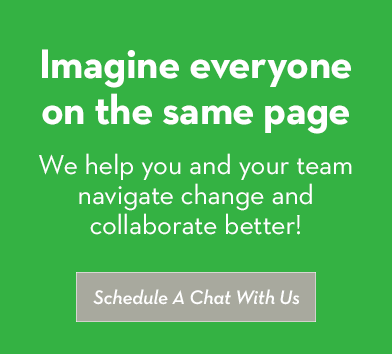
We just finished a fun project with a client creating a Management and Leadership Style Guide. The partners of this company wanted to guide the development of their new managers in a way that’s meaningful both to them and to the staff they oversee.
This is a small business that’s making its way to midsize. They have a very clear vision, revenue, creative, talent, and financial goals. Like many other businesses that are working to scale, they use a younger, less-experienced workforce. Their talent is straight out of school or has just a few years of experience. Most have never been managers.
To do this, we interviewed partners and senior management to understand what was important to the company and how they want new managers to lead. We then used what we had learned to write the style guide, which was given to all new and existing managers.
This is what the CEO had to say about the experience of creating the style guide and the impact it has had on the company:
“Our business is growing rapidly, and culture is at the core of what we’re all about. How to keep that culture while bringing in new people is a question that keeps us up at night. We realized this year that much of how we manage and engage with our people and our work was not scalable.
We worked with The Creative Executive to formalize our “rules of engagement” – our Work Philosophy – so that no matter how we grow or where we work everyone knows what’s expected of them.
The response has been overwhelmingly positive. And I’m getting a bit more shut-eye.”
We believe that your business, no matter the size, can benefit from creating its own leadership guide. No business operates in a straight line, and as your business evolves, you need a framework for leadership focused on the bigger cultural picture. This will enable your managers to pivot as your business might require, but always understand what’s expected of them. Creating a leadership style guide also helps you define longer term sustainability based around shared purpose. So, a plan based not on transactions, or “what” you deliver, but relational values, or “how” you deliver.
Elements to include in your Management and Leadership Style Guide
High Level Questions
- Vision of the future (for business)
- Values
- Culture priorities
- Employee personas
- Employee responsibilities
- Results created when all of the above areas are optimized
Day-to-Day Tactics
- How to manage
- How to onboard
- How to develop
Hiring an outside consultant to do this work can be beyond helpful. The Creative Executive can help you see how your goals, best practices, and tactics all tie together and then incorporate them all into one document for your managers.
